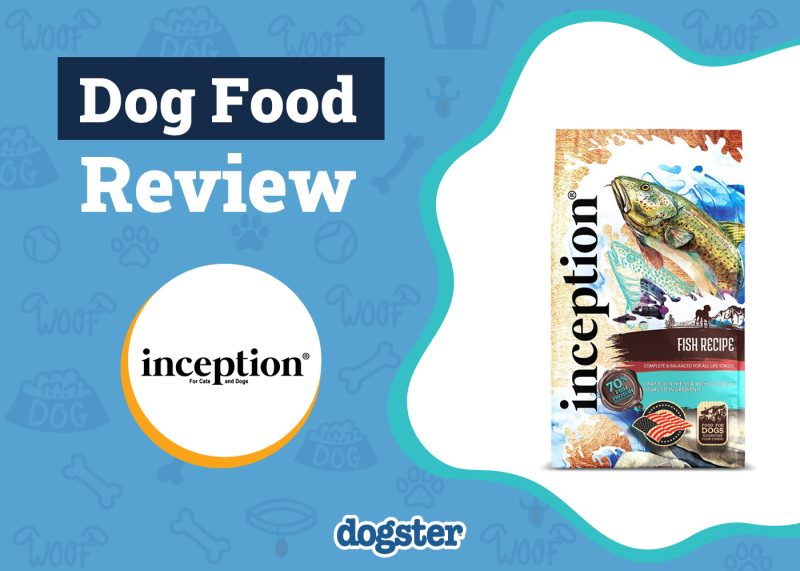Periodontal disease is the change to the oral cavity caused by plaque and tartar accumulation, a condition that impacts most dogs within their lifetime. In fact, it is estimated that 80%–90% of dogs over 3 years of age have some level of periodontal disease1. Plaque is a biofilm produced by bacteria, and as it mixes with food products, tartar forms. This process results in the breakdown of healthy teeth structures.
Regular teeth brushing is the most effective way of preventing and slowing periodontal disease. For some pets and their owners, this is a breeze, but for other families, it may prove challenging.
Looking for alternatives to brushing a dog’s teeth? While brushing your dog’s teeth is the best option for their dental health, there are a couple of alternatives to keep your dog’s teeth healthy. Continue reading below to learn about other options!

Why Is Brushing Best?
Brushing teeth allows plaque to be physically removed from each tooth. It also encourages owners to examine the teeth and help identify concerns. Proper brushing is the main way in which periodontal disease can be prevented and its progression slowed. If your dog can tolerate getting their teeth brushed, this is the best choice for home dental care.


The 6 Other Alternatives to Brushing a Dog’s Teeth
It is important that you select VOHC-approved products to use as a brushing alternative. The Veterinary Oral Health Council is a committee that closely evaluates products that claim to improve dental health.2 This is a volunteer process, meaning that producers must elect to have their products’ data and reports evaluated by the VOHC. If the product does, in fact, meet the VOHC standards and dental health can be proven, the product will earn a VOHC seal of approval.
When selecting dental products for your canine companion, finding one with the VOHC can help instill confidence in the product. We have included some approved products within our list of brushing alternatives.
1. Water Additives
A few products exist on the market that can be added to drinking water. These products focus on reducing bacterial populations in the mouth, which then reduces plaque formation. This certainly is a convenient option for pet parents and is unlikely to cause stress. Unfortunately, some animals might smell and taste the additive, which may deter them from drinking water.

2. Dental Chews
Dental chews are very popular and are certainly enjoyed by pets! If you choose a dental chew for your canine companion, try one that has earned a VOHC seal of approval. Also, it is important to always monitor your pet while chewing to ensure choking doesn’t occur. Furthermore, follow feeding recommendations based on your pet’s weight. Providing an incorrect-sized bone may increase the risk of choking. Common chews reached for include Greenies and Milk-Bone Brushing Chews.
3. Routine Dental Prophylaxis
If you are unable to brush your dog’s teeth regularly, you may need to plan on routine dental prophylaxis cleaning. A thorough dental cleaning will require anesthesia, so it may not be the first thing that pet owners want to do, but it is certainly beneficial to oral health. Dental prophylaxis will include oral radiographs, thorough cleaning, polishing, and charting.

4. Toothbrush Alternative
If you have tried brushing your dog’s teeth with a toothbrush and it hasn’t gone well, you may want to try brushing with something different. When first getting your dog used to brushing, it may be beneficial to use a finger brush, rag, or a paper towel in place of a toothbrush.
5. Dental Diet
Some of the major food companies, like Hill’s Science Diet, Purina, and Royal Canin, have developed food that has been proven to decrease tartar and plaque. Some of these products have been specially designed to mimic the action of toothbrushes. A veterinarian can recommend you the best option for your dog, so don’t hesitate to ask them.
If you need to speak with a vet but can't get to one, head over to PangoVet. It's our online service where you can talk to a vet online and get the personalized advice you need for your pet — all at an affordable price!

6. Sprays and Oral Gels
Sprays and gels may be easier to apply to teeth than brushing, although they still require handling the canine’s mouth. The VOHC website highlights several products.

Conclusion
Although brushing is the gold standard of daily dental care, not all companions are receptive. For dogs who do not accept brushing, there are other products approved by the VOHC that help to reduce different aspects of periodontal disease. Unfortunately, periodontal disease impacts most adult dogs, and proactive intervention is pivotal!
Featured Image Credit: Littlekidmoment, Shutterstock


















